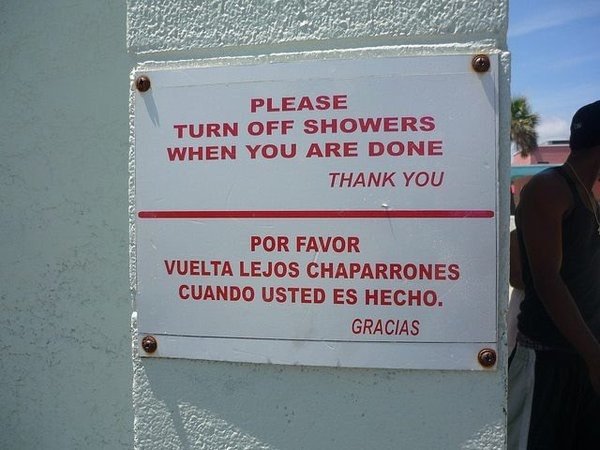 The owners of the Café Cordial in Paris’ Opera District are very nice people. Not only do they make sure to mumble some English words for the crowds of American visitors who show up there everyday without speaking a word of French; but they even go out of their way to translate their menu not in one but in two languages.
The owners of the Café Cordial in Paris’ Opera District are very nice people. Not only do they make sure to mumble some English words for the crowds of American visitors who show up there everyday without speaking a word of French; but they even go out of their way to translate their menu not in one but in two languages.
While some of the English translations in their menu is OK (I just said “OK,”) it is clear that they got lost in the [Google] Spanish translation.
Here are some hilarious examples.
BLOGGER’S NOTE: Apologies to the monolingual crowd; this is funny only if you understand both English and Spanish.
1. Croissant = The thing that grows
There’s the translation for croissant as “1 que crece” (literally: one thing that grows) and toast as “brindis,” as in the toast to happiness….

2. Smoked Salmon = The salmon who had too much to smoke

3. The Horny Goat that is served over a salutation

There are several more yet to be highlighted… Be my guest and find them yourselves, will you? I’m too busy dealing with the country’s Happy Hours.
Photos: Laura Martínez, Paris 2015














